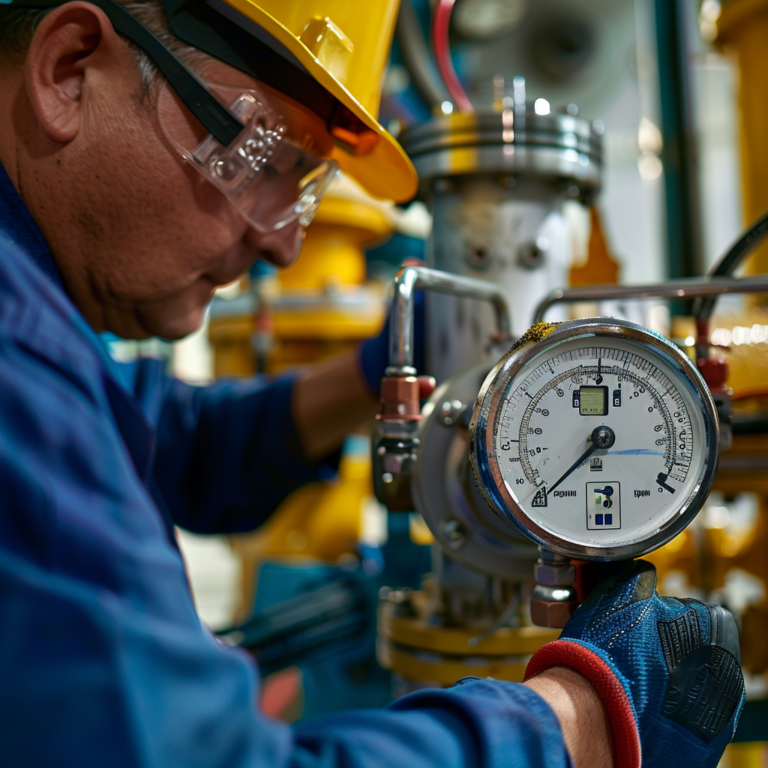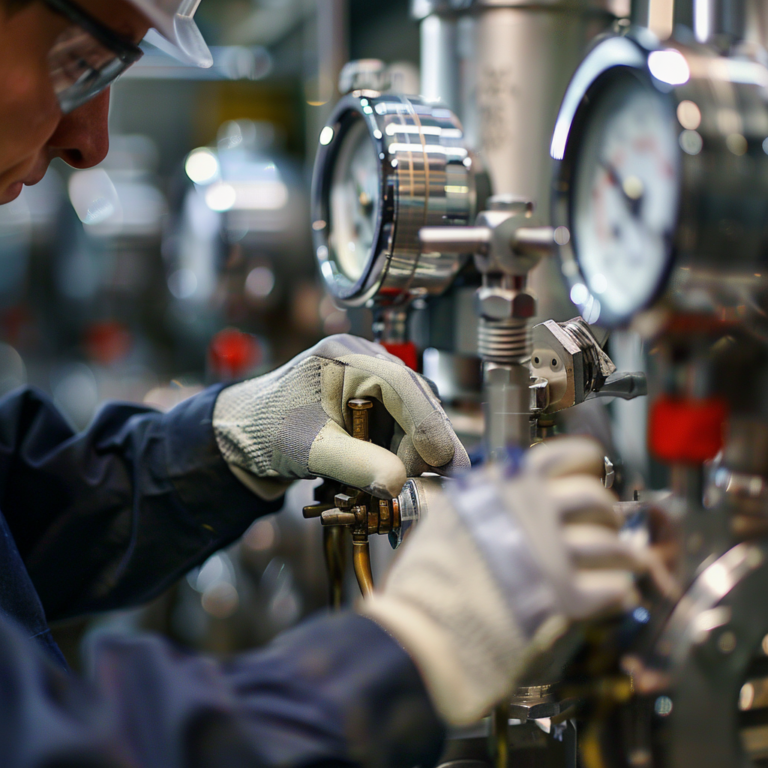During the use of the transmitter, periodic draining is required, primarily to address the accumulation of dust, oil residue, and small particles in the pressure guide tube or pressure tap valve, which can occur when measuring with differential pressure transmitters and pressure transmitters. Failing to perform this maintenance can result in inaccurate measurement results.

Steps for Periodic Draining of the Transmitter:
Before draining the flow or pressure regulation system, switch from automatic to manual mode to ensure that the opening of the control valve remains unchanged.
For differential pressure transmitters, close the positive and negative pressure valves in the three-valve manifold before draining.
Place a container under the drain valve and slowly open the positive and negative pressure guide tube drain valves, allowing the material and waste to flow into the container. This prevents the material from entering the drainage system, avoiding environmental pollution or waste.
Then, open the positive and negative pressure valves in the three-valve manifold, loosen the drain (vent) screw on the differential pressure transmitter body to perform the draining process, and tighten the screw once draining is complete.
Finally, observe the onsite indicator until the output returns to normal. If it’s a regulation system, switch back from manual to automatic mode.

For general measurement media, you can simply open the secondary valve, and the transmitter will function normally. However, for transmitters measuring steam pressure, you need to wait until the steam condensate fills the pressure guide tube before opening the secondary valve.
After putting the system into operation, loosen the liquid drain and air vent valves on the pressure transmitter’s measurement chamber.
This not only allows for the replacement of the medium within the measurement chamber but also effectively drains liquid and vents air.
